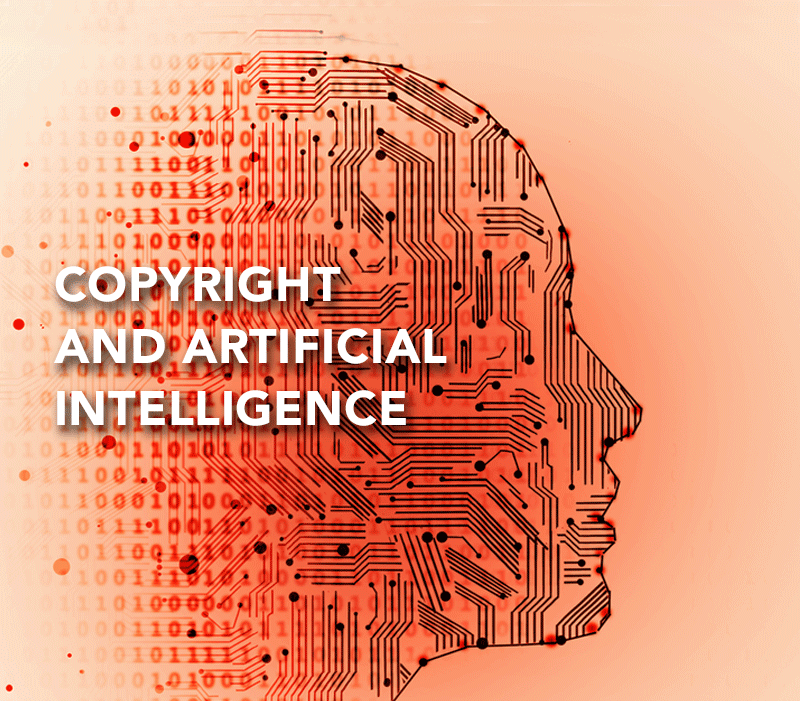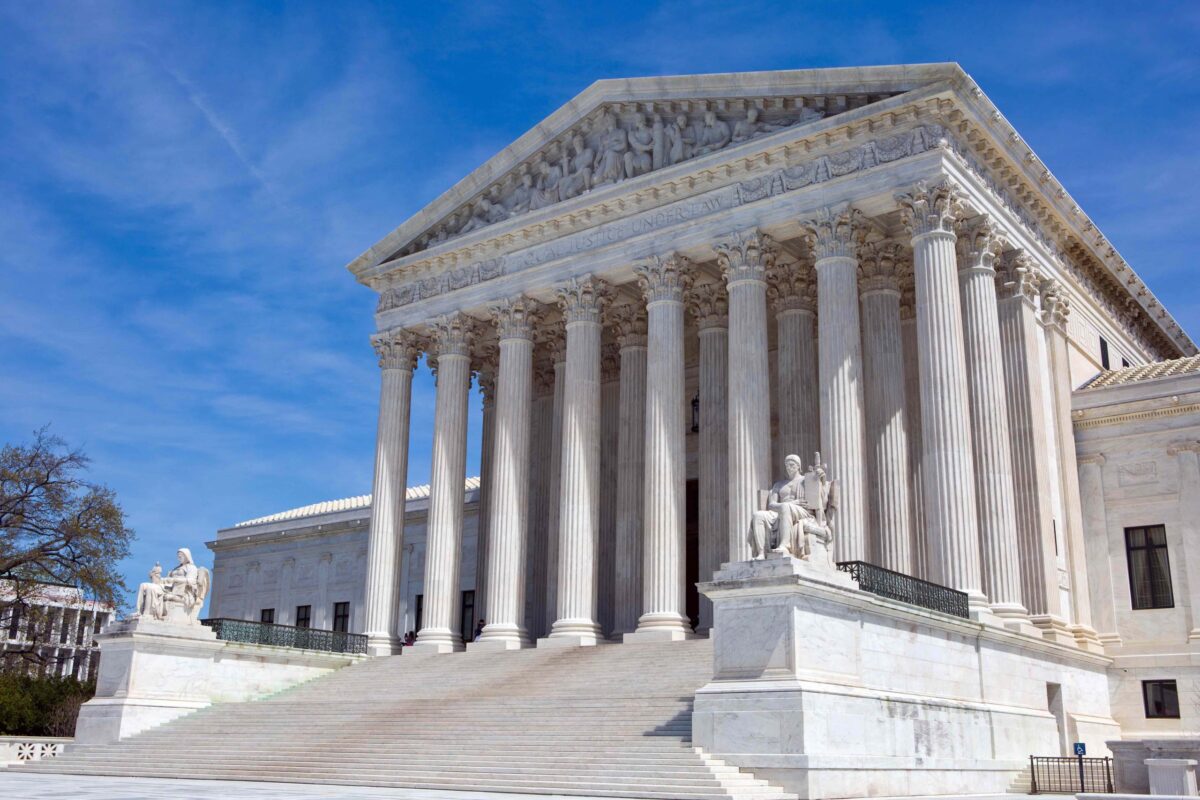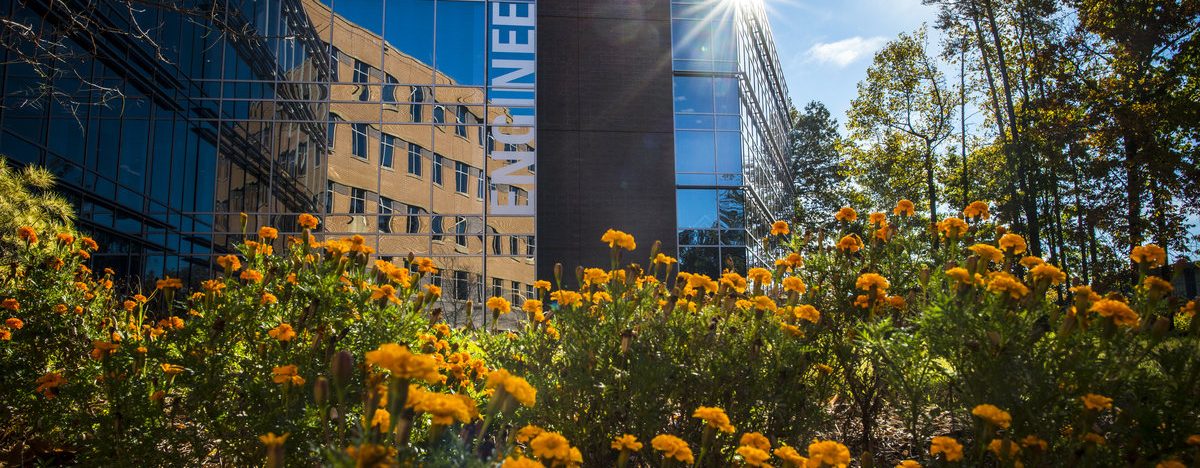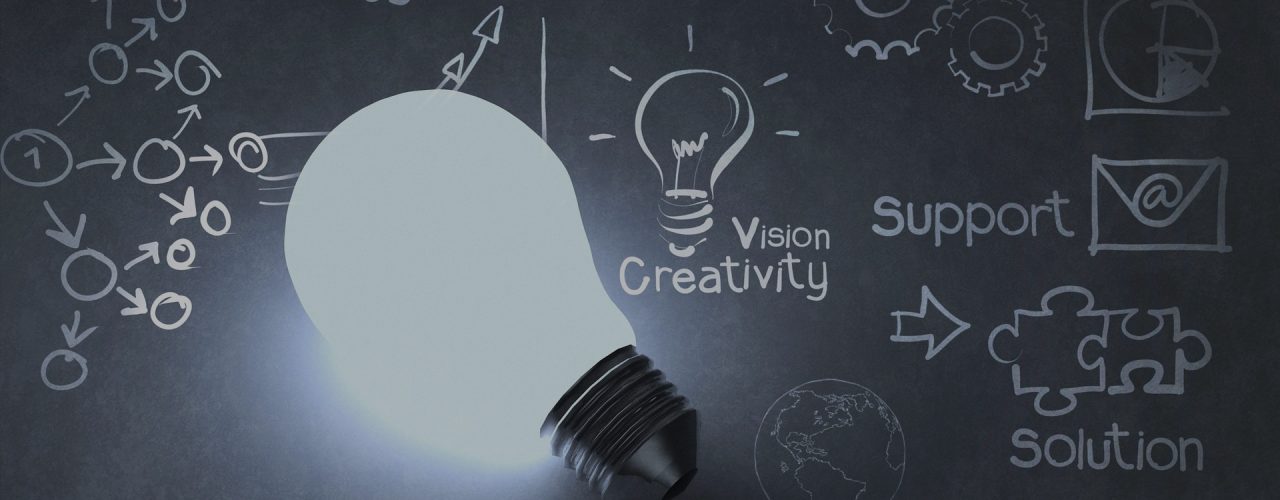ABSTRACT
The proliferation of AI tools in the arts, commercial design industries, and other endeavors has raised core questions regarding who or what actually supplied the alleged creative or inventive elements, if any, to the AI system’s output. In both U.S. copyright and patent law the question focuses on a case-by-case analysis as to how much of the final product evidences human “authorship” or invention. Also, creativity as well as infringement, can be located in various phases of the AI system’s creation, ingestion of training materials, management, and operation – including its output, whether affected prior to the output or after it. Issues such as liability for selecting ingestion materials or target data, as well as the potential inadvertent triggering of patent law’s bar date through use of specific AI systems, have also come to the forefront of AI’s potential to secure, forfeit, or impact claimed proprietary rights in AI-assisted creative and inventive activities. Several alternative intellectual property and unfair competition approaches that can supplement or supplant copyright and patent law principles also come into play as users of AI seek to protect the products of their efforts.
AUTHOR
 Gary Rinkerman is a partner at the law firm of FisherBroyles LLP, an Honorary Professor of U.S. Intellectual Property Law at Queen Mary University in London, and a Senior Fellow at the Center for Assurance Research and Engineering (“CARE”) in the College of Engineering and Computing at George Mason University, Virginia. For those interested in “digital archeology,” Professor Rinkerman also successfully argued one of the first cases in which copyright in object code was enforced and he co-founded and served as Editor-in-Chief for Computer Law Reporter, one of the first legal publications (in the 1980s) to focus exclusively on law and computer technologies. This article should not be considered legal advice. The presentation of facts and the opinions expressed in this article are attributable solely to the author and do not necessarily reflect the views of any persons, organizations or entities with which he is affiliated or whom he represents. The author would also like to thank J.P. Auffret, Director of CARE, for his continuing support and for his expertise in the frontier areas of Artificial Intelligence.
Gary Rinkerman is a partner at the law firm of FisherBroyles LLP, an Honorary Professor of U.S. Intellectual Property Law at Queen Mary University in London, and a Senior Fellow at the Center for Assurance Research and Engineering (“CARE”) in the College of Engineering and Computing at George Mason University, Virginia. For those interested in “digital archeology,” Professor Rinkerman also successfully argued one of the first cases in which copyright in object code was enforced and he co-founded and served as Editor-in-Chief for Computer Law Reporter, one of the first legal publications (in the 1980s) to focus exclusively on law and computer technologies. This article should not be considered legal advice. The presentation of facts and the opinions expressed in this article are attributable solely to the author and do not necessarily reflect the views of any persons, organizations or entities with which he is affiliated or whom he represents. The author would also like to thank J.P. Auffret, Director of CARE, for his continuing support and for his expertise in the frontier areas of Artificial Intelligence.





